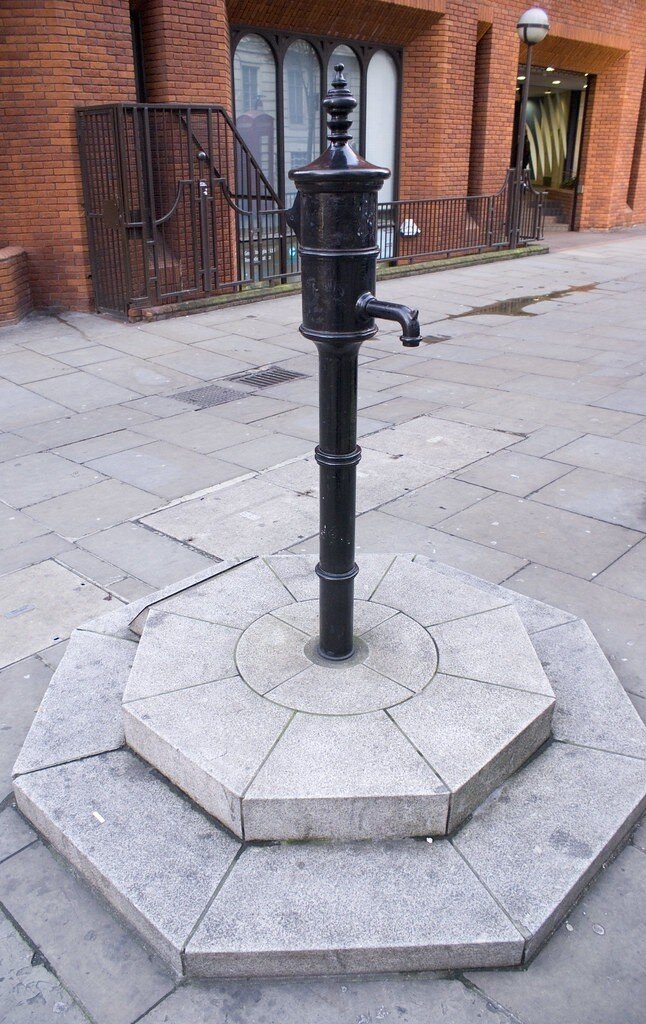
1817 Cholera Outbreak
Cholera identified in Siam
Cholera spread to Bangkok and Manila
Vietnam
Java, Oman, Anhui, China
Japan, Persian Gulf, Baghdad, Syria
Astrakhan, Zanzibar and Mauritius
Cold Winters - Ended the Cholera outbreak, briefly
Between 1823 and 1824, due to the freezing winters, the Cholera bacterial fizzled out six years after it began. The cold conditions killed the bacteria living in the water supply. As we know, bacteria perform it’s best in warmer temperatures.
In 1829 the second wave of the cholera pandemic began infecting Europe and America. The second wave started in India and was spread throughout the trade and routes the military was taking to Eastern and Central Asia and the Middle East. The disease reached Great Britain for the first time through the Sunderland port in 1831 and ultimately fizzled its way into London in 1832.
Doctors weren't trusted during the cholera outbreak
People felt unsafe being around doctors and felt that more harm would come from them than there was any good. Victims believe that death is guaranteed for them if they go into hospital. The fear was that the doctors would perform anatomical dissections on them. The bill for anatomical dissections was passed in the United Kingdom, making this a legal process.
Mistrust and donating bodies
Anatomical dissection is when bodies get donated to doctors, anatomy teachers, and bona fide medical students for dissection. Allowing the bill to pass was for the learning to science, and the government recognised that they needed bodies for medical education, research and more.
According to history.com, between 1852 and 1923, the world would see an additional four cholera resulted in pandemics. It’s known in history to be the worst and deadliest wave, and 1854 was when Great Britain saw a dreadful 23,000 deaths alone, leaving 1854 the worst single year of the cholera pandemic.
Cholera outbreak in London - Dr John Snow
1854 introduces Dr John Snow, who was a British physician. When Cholera arrived in London, Dr John Snow was on the case with the disease and started mapping out the Cholera cases in the Soho Area in London.
BC Medical Journal references that Queen Victoria has an entry in her diary of the outbreak in London in 1854, Broad Street, Soho. Her journal stated that 600 people had died from Cholera disease in just a few days.
Dr John Snows study shows his hypothesis that Cholera was spreading in the water supply. Dr Snow identified a water pump still there on Broadwick Street in London, and he believed that this was the source of the outbreak. The local authorities disabled the pump, but unfortunately, the government refused to believe Dr Snow’s theory of Cholera being a waterborne illness.
Fun fact: In 1854, the drinking water in London was from the Thames, the very place the city’s waste got emptied and people were drinking and bathing in each other wastewater.
According to BC medical journal, Dr Snow died in 1858, and he suffered a cerebrovascular incident. It took eight years to accept that Cholera was spreading within the waters.
In 1883, Dr Robert Koch isolated the bacteria known today in science as Vibrio Cholerae, the very bacteria Dr Snow argued was found in the water back in 1854. Dr Koch said that Cholera was not contagious and could not be transmitted from person to person but spread through unsanitary water or food.
2022 and Cholera today
The most recent cases of cholera outbreak backdate to 2008-2009, 2010-2011. Attacking countries like Zimbabwe in 2008-2009 killing 4,200 and Haiti’s most recent in 2010. history.com references that in 2017, the cholera outbreak reached Somalia and Yemen infecting 500,000 people and killing 2,000.
Subscribe to our Newsletter
Join our Westbury Chemist newsletter to stay up to date with the latest travel information.
Get Your COVID Boosters Today
Book your Coronavirus Booster Jab now at Westbury Chemist. Appointments are now available for all age groups.



